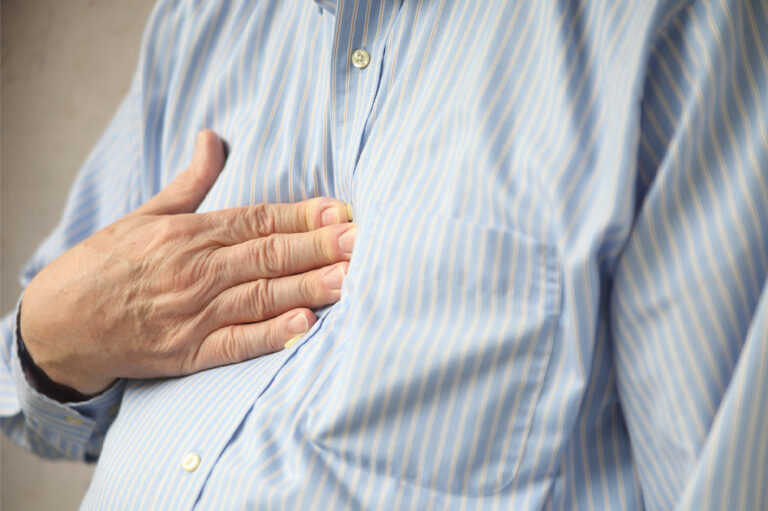
Sleeping positions to alleviate neck and spine pain
Sleep is one of the most essential restful activities for the body, and this activity must lead to relaxation and refreshment. Neck and spine pain can be triggered if you do not sleep in a proper position, so follow some tips and tricks to avoid neck and spine pain. Read more about the causes of neck pain and the best dos and don’ts of sleeping positions that help with neck and spine pain. Causes for neck pain during sleep Some of the reasons why you may be experiencing neck pain during sleep include the following: Stress: Due to psychological stress, tension can arise in the neck muscles. They can get stiff and, in some cases, even inflamed. Due to the tension, the recovery slows, making the pain last longer. Poor support: Insufficient support for the neck during sleep can trigger neck and spine pain. That is why it is crucial to have the proper support during sleep. Poor posture: Sitting on a desk for hours can lead to bad posture. Not just computer screens but carrying heavy grocery bags without proper support and sitting in one position for too long are some reasons the neck and back muscles can get affected.
Read More 











